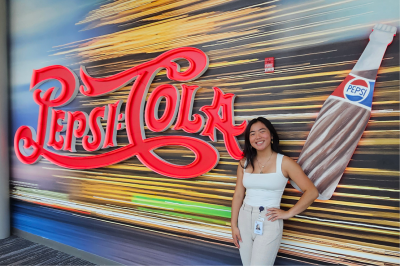Media Arts and Technology Minor
- RIT /
- College of Engineering Technology /
- Academics /
- Media Arts and Technology Minor
Curriculum for 2025-2026 for Media Arts and Technology Minor
Current Students: See Curriculum Requirements
Related News
-
December 13, 2021

RIT Hosted Speakers for Gravure Day
Rochester Institute of Technology’s internationally recognized Department of Graphic Media Science and Technology (GMST), College of Engineering Technology, working in association with GAA (Gravure AIMCAL Alliance) of AIMCAL, celebrated Gravure Day on December 1st.
-
April 29, 2019

College of Engineering Technology highlights alumni rising stars during campus ceremonies
Five alumni from RIT’s College of Engineering Technology were honored with Rising Star awards during a campus reception last month. Given to alumni who graduated from CET within the past five to 10 years, the awardees were recognized for outstanding achievements early in their careers, for significant public service contributions and in helping to advance the careers of new professionals.
-
May 20, 2018
Contact
- Bruce Myers
- Associate Professor, Packaging and Graphic Media Science
- Department of Packaging and Graphic Media Science
- College of Engineering Technology
- 585‑475‑5224
- blmppr@rit.edu
Department of Packaging and Graphic Media Science




